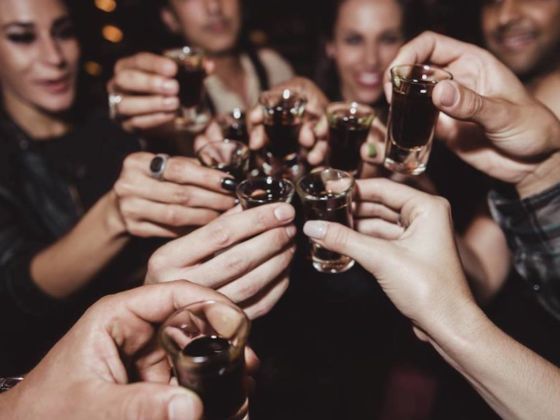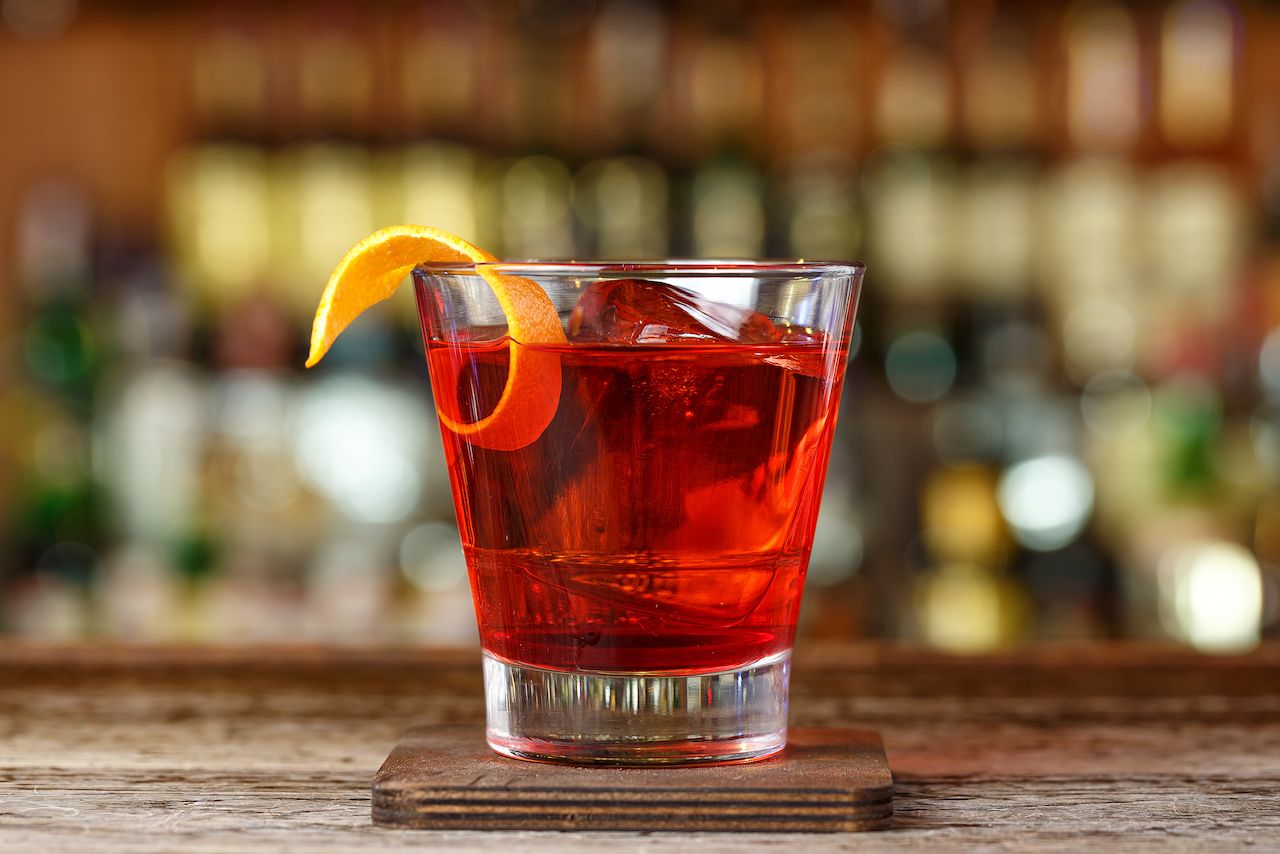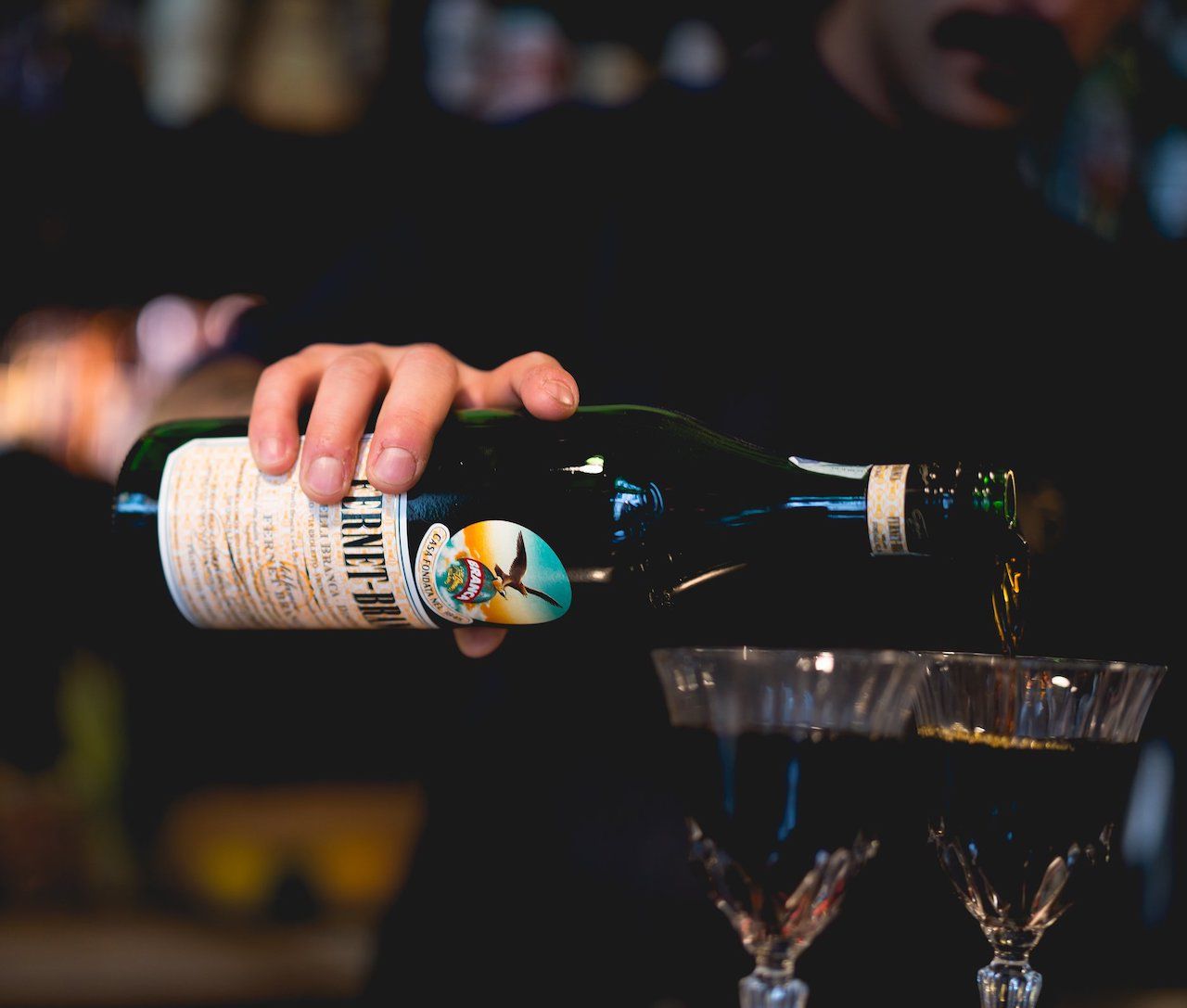Chilly winter days call for a glass of something warm. The easiest go-to is a hot cocktail like mulled wine, hot toddies, or spiked cocoa. For bartenders around the world, however, pouring a glass of something warm actually looks quite a bit different. Their go-to is a glass of amaro (plural: amari).
Amari are a class of bitter liqueurs from Italy. The taste and level of alcohol vary widely from producer to producer, but one thing is constant: bitterness. Amaro translates directly to “bitter” in Italian. There are too many types of amari out there to count (most of which are spirits that can’t be found in the US), and each is made with a base of alcohol and flavored with a proprietary mix of herbs, spices, and plants. Amari were originally made as a way for Italians to recover from overeating, but are now widely consumed regardless of the time of day.


